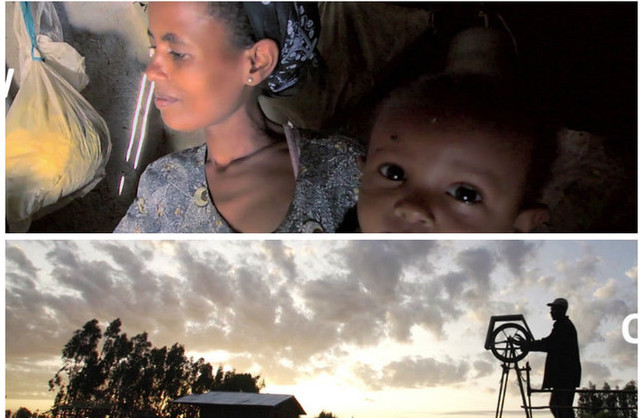 Authors of the following article are Khalid Bomba, CEO of Ethiopia’s Agricultural Transformation Agency, and Dan Glickman, executive director of the Aspen Institute’s Congressional Program. (Photo: ATA)
Authors of the following article are Khalid Bomba, CEO of Ethiopia’s Agricultural Transformation Agency, and Dan Glickman, executive director of the Aspen Institute’s Congressional Program. (Photo: ATA)
Stanford Social Innovation Review
By Khalid Bomba & Dan Glickman
Last year, a bipartisan group of 23 members of Congress, hosted by the Aspen Institute, travelled to Ethiopia to get a firsthand view of the progress the country was making in modernizing agriculture and smallholder farming. This was the largest congressional delegation to visit sub-Saharan Africa in decades—maybe ever. This trip served to brief the congressmen on how a unique Ethiopian government agency, dedicated to agricultural transformation, is emerging as a model for bureaucratic collaboration and helping to feed millions of Ethiopians.
Ethiopia is one of many African countries deeply affected by food insecurity—estimates of the portion of Ethiopia’s population without secure access to food exceeds 3 million in some seasons. That means that in a given year, almost 1 in 10 Ethiopians will struggle to have access to “sufficient, safe, and nutritious food” for themselves and for their families. Yet, in 2013, the World Food Prize—an organization that highlights individuals and groups who have increased the quality, quantity, or availability of food in the world—recognized Ethiopia for demonstrating some of the greatest progress measured in the Economist magazine’s Global Food Security Index. As we look ahead at global food security planning for the next century, Ethiopia is an important example of how leaders in government and other sectors can successfully align their food systems planning.
Fighting an uphill battle against the challenges of food insecurity; climate; and systemic gaps in the quality of infrastructure, education, capital finance, and nutrition, Ethiopia has successfully brought the percentage of its population living under the global poverty line down from 77.6 percent in 2012 to 66 percent in 2013, with the average food supply improving by 117 kcals per day during the same period. That means enough food for another small meal for everyone in Ethiopia. And to put it in perspective, in 2007 the United States had enough food supplies to support more than 3,700 kcals per capita.
Read more at ssireview.org.
—
Join the conversation on Twitter and Facebook.

























